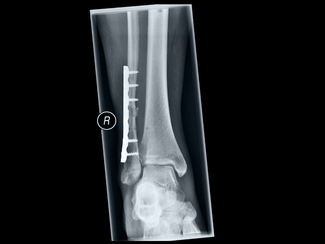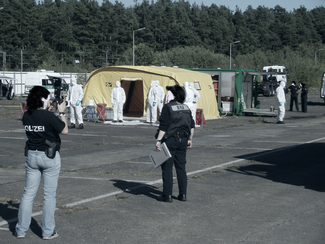-
Topics
subnavigation
Topics
Electromagnetic fields
- What are electromagnetic fields?
- Static and low-frequency fields
- Radiation protection relating to the expansion of the national grid
- High-frequency fields
- Radiation protection in mobile communication
Optical radiation
Ionising radiation
- What is ionising radiation?
- Radioactivity in the environment
- Applications in medicine
- Applications in daily life and in technology
- Effects
- What are the effects of radiation?
- Effects of selected radioactive materials
- Consequences of a radiation accident
- Cancer and leukaemia
- Genetic radiation effects
- Individual radiosensitivity
- Epidemiology of radiation-induced diseases
- Ionising radiation: positive effects?
- Risk estimation and assessment
- Radiation protection
- Nuclear accident management
- Service offers
-
The BfS
subnavigation
The BfS
- About us
- Science and research
- Laws and regulations
- BfS Topics in the Bundestag
- Links
Ionising radiation
Ionising radiation includes both electromagnetic radiation (such as X-rays and gamma radiation) and particle radiation (such as alpha, beta and neutron radiation). Its main feature is that it has enough energy to ionise atoms and molecules.
Radioactive substances emit ionising radiation. Natural radioactive substances exist, e.g., in living organismen, i.e. also in man or in the soils and rocks of the earth´s crust. In the medical field, in research, technology and through using nuclear energy ionising radiation and radioactive substances are used purposefully and generated artificially.







